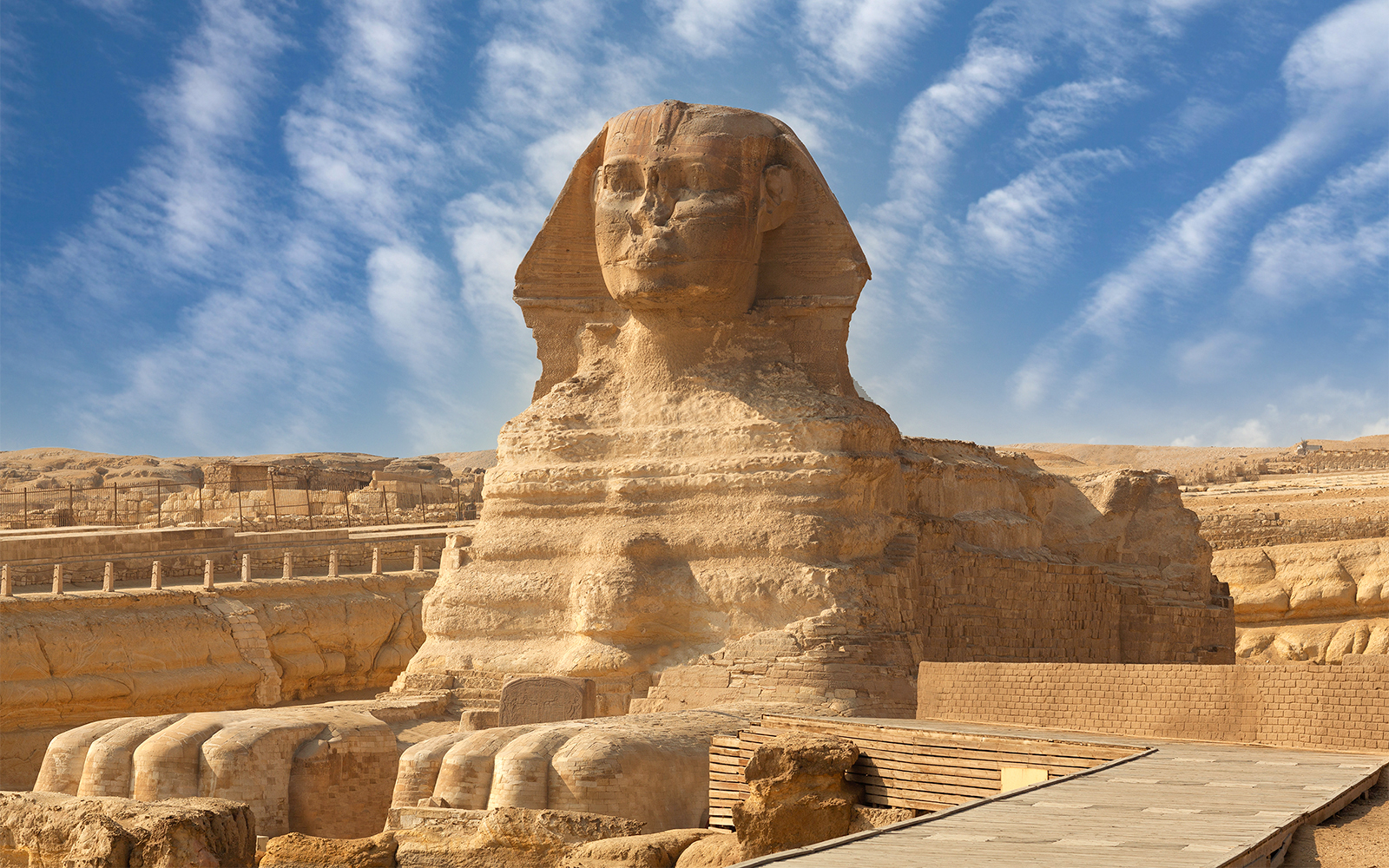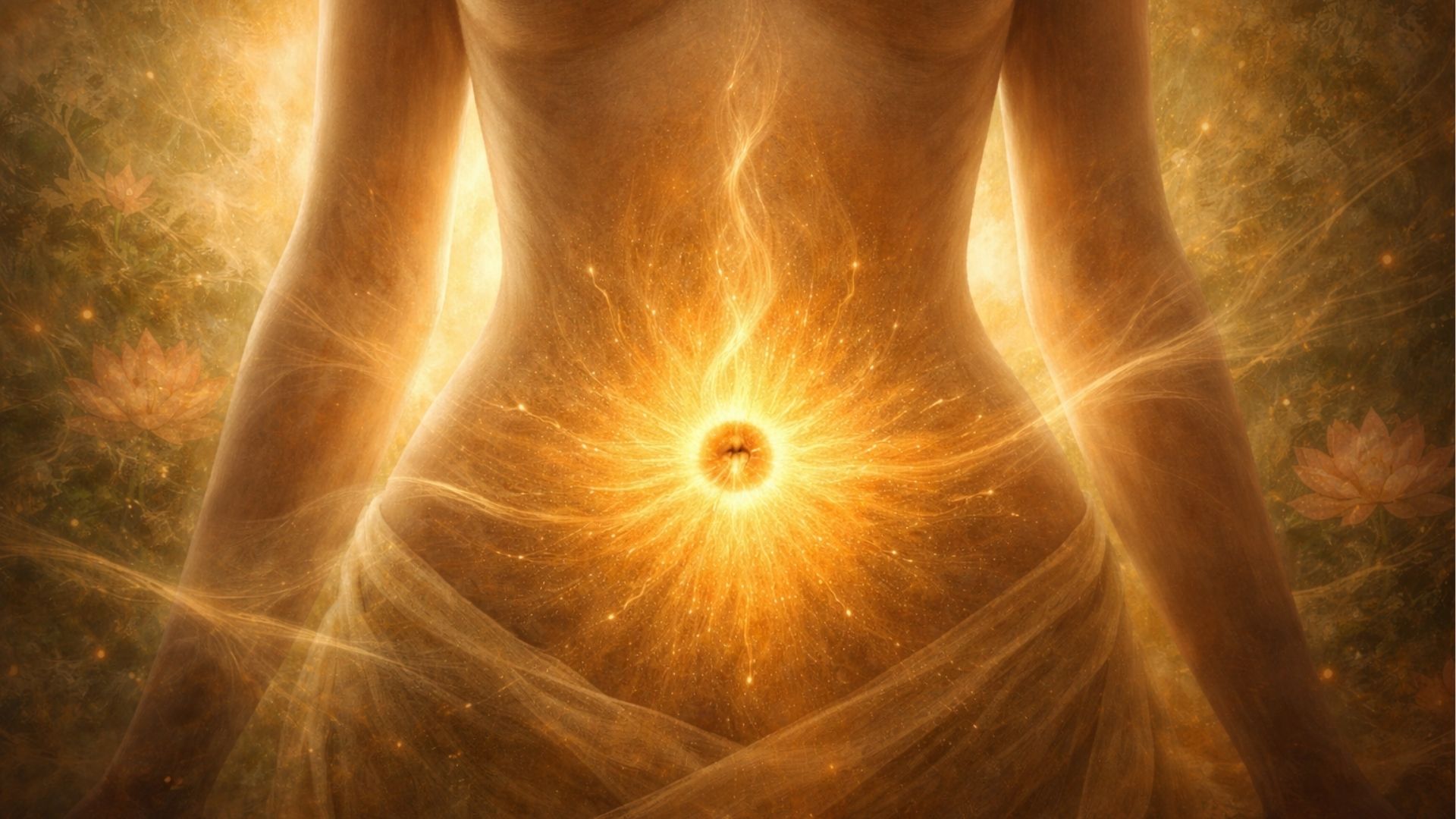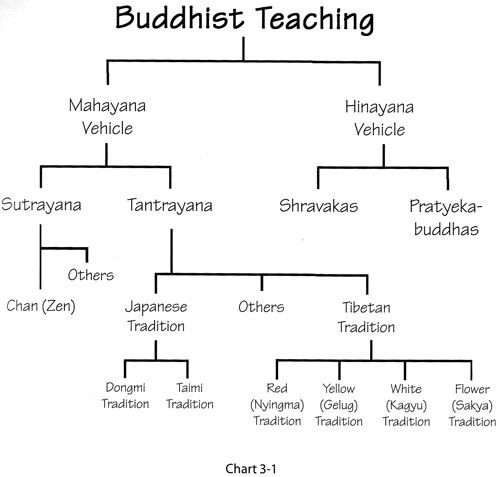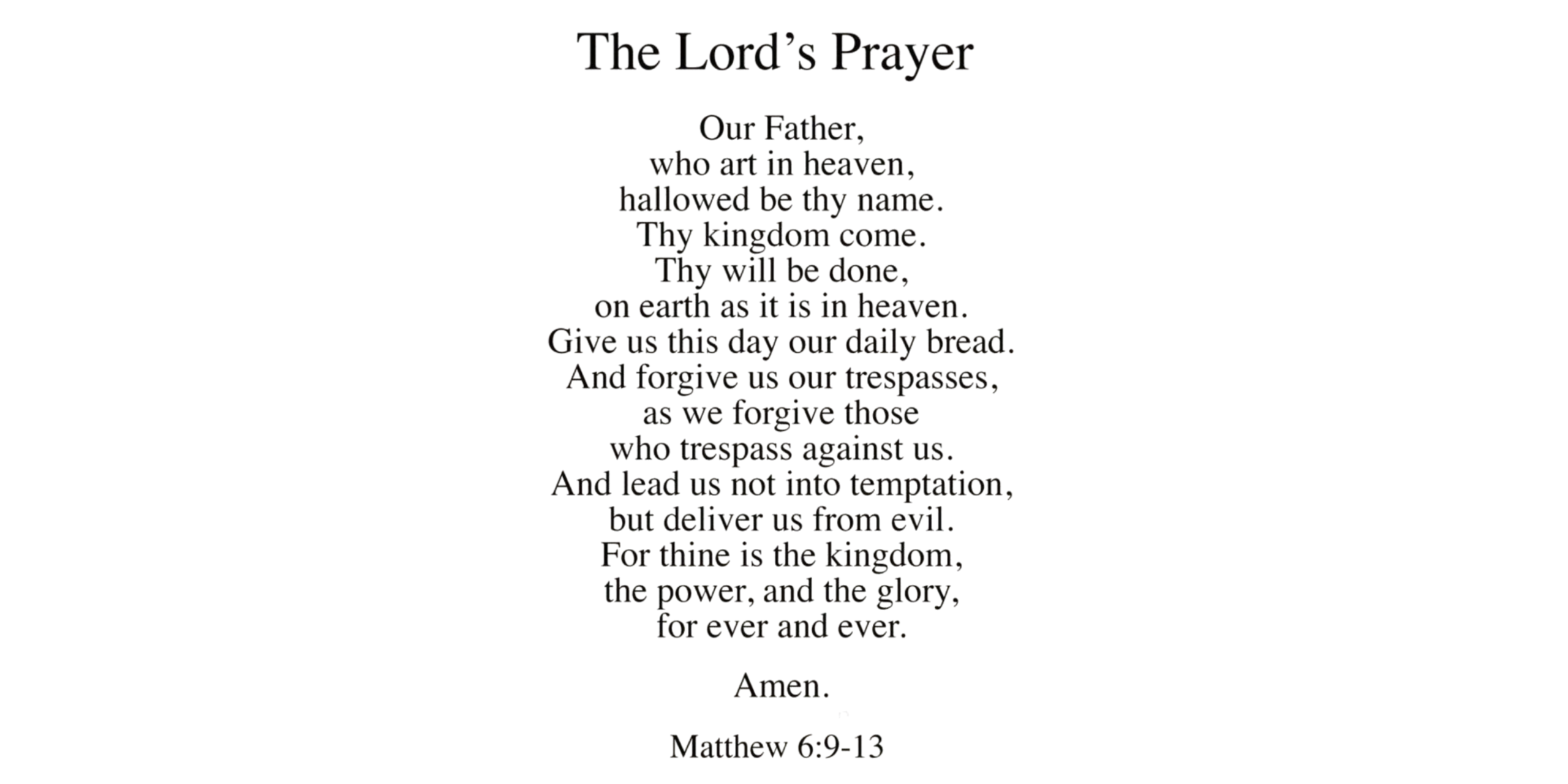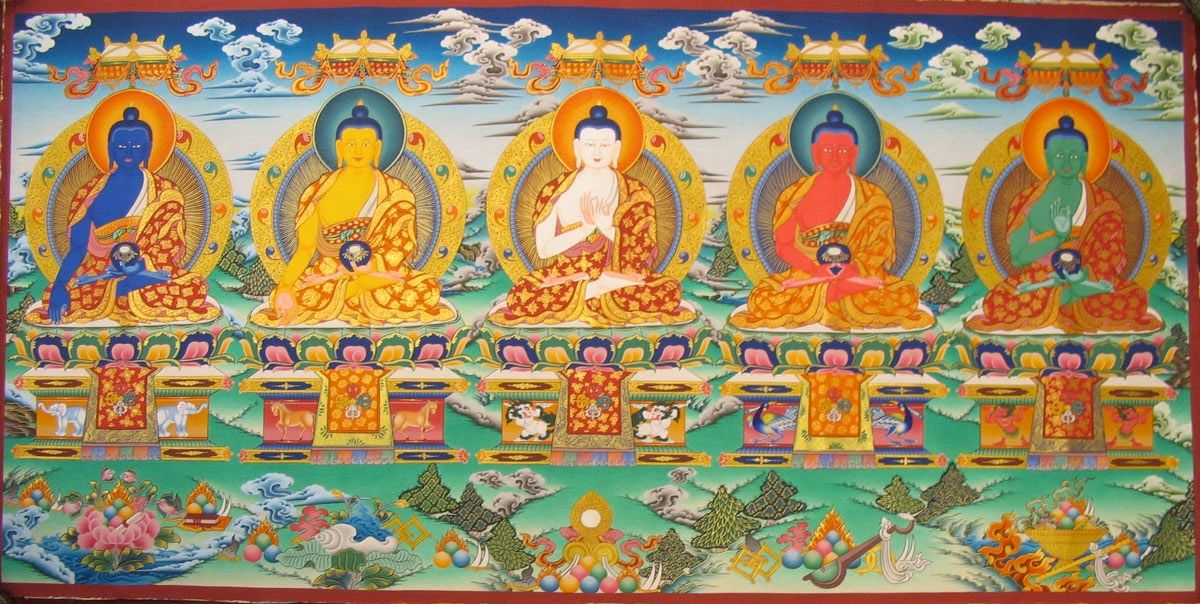The Sphinx is a majestic figure – part human, part beast, carved into stone and watching silently over desert sands or temple gates. But beyond the surface lies a symbol steeped in mystery, power, and deep esoteric wisdom.
So, what does the Sphinx really represent? And why has this mythical creature held the attention of spiritual seekers, philosophers, and mystics for centuries?
Let’s journey into the layered meanings behind this enigmatic figure.
A Creature of Many Parts, One Purpose
The Sphinx is not a single-symbol being. It’s a fusion:
- The body of a lion – symbolising strength, courage, and instinct.
- The head of a human – representing intellect, consciousness, and reasoning.
In Greek myths, sometimes wings of an eagle and tail of a serpent are added, pointing to spiritual vision and transformative power.
It’s not just an odd combination – it’s deliberate. The Sphinx unites the animal and the divine, the instinctive and the conscious, the earthly and the celestial. In that sense, it reflects us – the human struggle to bring together the lower and higher aspects of our nature.
The Egyptian Sphinx: Guardian of Wisdom
When most people hear “Sphinx”, they think of the Great Sphinx of Giza. Towering, silent, and facing the rising sun, it’s often considered the world’s largest and oldest monolithic statue.
But why does it sit there? What is it guarding?
In esoteric traditions, the Egyptian Sphinx is more than a monument – it’s a spiritual sentinel. It’s believed to guard the mysteries of the soul, the hidden teachings of ancient Egypt, and the inner sanctums of consciousness.
- Facing east, it greets the dawn. This is symbolic of awakening, the return of light, knowledge, and spiritual clarity.
- Its silence is not passive; it’s intentional. It suggests that some truths are not spoken they are felt, lived, or remembered from within.
- Its fixed gaze reminds us of the inner stillness required to access deeper wisdom.
Many spiritual seekers believe that the Sphinx marks the beginning of an inward journey. To sit before it is to be reminded: “Are you ready to face yourself?”
The Greek Sphinx: The Riddle Within
In contrast, the Greek version of the Sphinx carries a more psychological tone. She is often portrayed as a winged female creature, perched on a rock, guarding the city of Thebes.
Her famous riddle:
“What walks on four legs in the morning, two legs at noon, and three in the evening?”
The answer a human being, crawling as a child, walking upright as an adult, and using a cane in old age is simple. But the lesson is profound.
This Sphinx doesn’t block your path with brute strength. She challenges your awareness, your reflection, your capacity for self-knowledge. Only those who understand the stages of life, and their meaning, can pass.
In that sense, the Greek Sphinx tests our readiness to evolve not just physically, but spiritually and mentally.
What the Sphinx Teaches Us Spiritually
Beyond the myth and monument, what does the Sphinx invite us to reflect on in our everyday lives?
Here are some of its esoteric teachings, drawn from both traditions:
- Integration: We are not just our minds or our bodies. We are a balance of will, heart, thought, and instinct. The Sphinx reminds us to unite, not divide.
- Guardianship: Not everything is meant to be revealed at once. Some wisdom must be earned through inner work. The Sphinx stands at the threshold, not to block you, but to test your readiness.
- Silence as Strength: In a world full of noise, the Sphinx embodies the power of stillness. Spiritual insight often comes in quiet moments.
- Self-Inquiry: Like the Greek riddle, the Sphinx pushes you to question—Who am I? Where am I going? What phase of life am I in?
- Facing the Sun: Just like the Egyptian Sphinx, we too must look toward the light. Towards clarity, truth, and awakening.
The Sphinx and the Four Elements
In some esoteric schools, especially in Hermeticism and the Tarot tradition, the Sphinx represents the four fixed signs of the zodiac:
- Lion (Leo) – Fire
- Man (Aquarius) – Air
- Bull (Taurus) – Earth
- Eagle (Scorpio) – Water
Each of these elements corresponds to a different aspect of human life – passion, intellect, stability, and transformation.
Together, the Sphinx embodies wholeness. It teaches that mastery comes not from one strength, but from the harmony of all forces within.
The Inner Sphinx
What if the Sphinx isn’t just out there in Egypt or Greece, but also within you?
Think about the moments in your life where you’ve felt stuck, uncertain, or at a threshold. That quiet voice inside asking, “Are you ready?” – that’s the Inner Sphinx.
It’s the part of you that:
- Doesn’t let you settle for shallow answers.
- Urges you to pause before making big moves.
- Challenges you to go deeper, think broader, and feel more fully.
In meditation, that Sphinx-like presence might appear as an intuitive knowing. During change, it might emerge as a guardian of inner truth, nudging you to wait until you’re aligned.
Working with Sphinx Energy
If you feel called to explore this energy, here are a few ways to begin:
- Sit in silence for a few minutes each morning, facing east if possible. Breathe. Reflect. What truth is rising?
- Journal about your life’s “riddle”. What are you trying to understand about yourself?
- Visualise the Sphinx during meditation. See it not as an outside force, but as your inner wisdom keeper.
- Study the four elements within you – What needs balance? What needs attention?
The Sphinx doesn’t rush. It waits until you’re ready.
Closing Thought
The Sphinx is not just stone or myth – it’s a mirror. Whether standing proud in the desert or perched on the rocks of legend, it asks the same thing: “Will you go deeper?”
At Masi Wellness, we believe spiritual symbols like the Sphinx aren’t relics of the past they are invitations to live more fully, more consciously, and more connected to the mystery within.
Take your time. Sit with the riddle. And when you’re ready, walk forward with presence.
Join our guided reflections, meditations, and intuitive workshops at Masi Wellness—where ancient wisdom meets inner transformation.

